Aleksandar Cosic
Architectural Designer
AI and its integration into architecture
Advancements in software have expanded design possibilities, allowing intricate structures to be modeled with ease. Formerly complex projects like Dalí’s Sagrada Familia now benefit from software, simplifying planning and including factors like costs and time in the process. The growing field of artificial intelligence contributes significantly to this evolution. Researchers are creating programs to aid architects, though challenges persist in covering all aspects effectively. Despite difficulties, success would mark remarkable progress. Numerous tools, some freely available, are already in use and tested for architectural purposes.
AI - Interaction
Probably the most critical section in this experiment are the topics selected by the AI, which address fundamental aspects that are highly relevant to society. On the one hand, these are indeed dependent on the selected sources of information used for training, but on the other hand, such a fixed common denominator would be of enormous value, even outside the context of this work. In the next step, the goals will be envisioned by the AI Midjourney.
AI - Images
For the generation of images with Midjourney, a keyword-like command is now entered that briefly summarises the aspects mentioned. In total, over 500 images were generated in the course of this work. The images that were selected were those that reflect best from a subjective point of view. In this sense, it should be mentioned that the generated images can only serve as an approximation of certain ideas at this stage and do not contain any demonstrable integration of concepts. Nevertheless, certain structures are recognisable, which in turn can be picked up by human hands.
City Algorithm
In the direct context, an attempt will now be made to construct an urban structure similar to the images, which will contain the defined features. Although this will not be an exact translation, at least some of the formal ideas will be adopted and integrated into the design. For this step, a programme is then written using Grasshopper, which is intended to generate a geometry that is location-independent or universally applicable.
Performance
The simulation results are generated by the AIs integrated in InFraRed, a project at the AIT. These simulation approximations have a deviation rate of about 5-15% compared to conventional elaborate simulation calculations, which require considerably more time and computing power to achieve similar results. Through this, an optimization algorithms will run more efficiently.
Attention:
This project is a research paper. If you are interested in further information, feel free to contact me via my contacting page!
Description
Aleksandar Cosic
Wintersemester 2022
Tutors:
Dipl.-Ing. Sigrun Swoboda
Dipl.-Ing. Arnold Faller

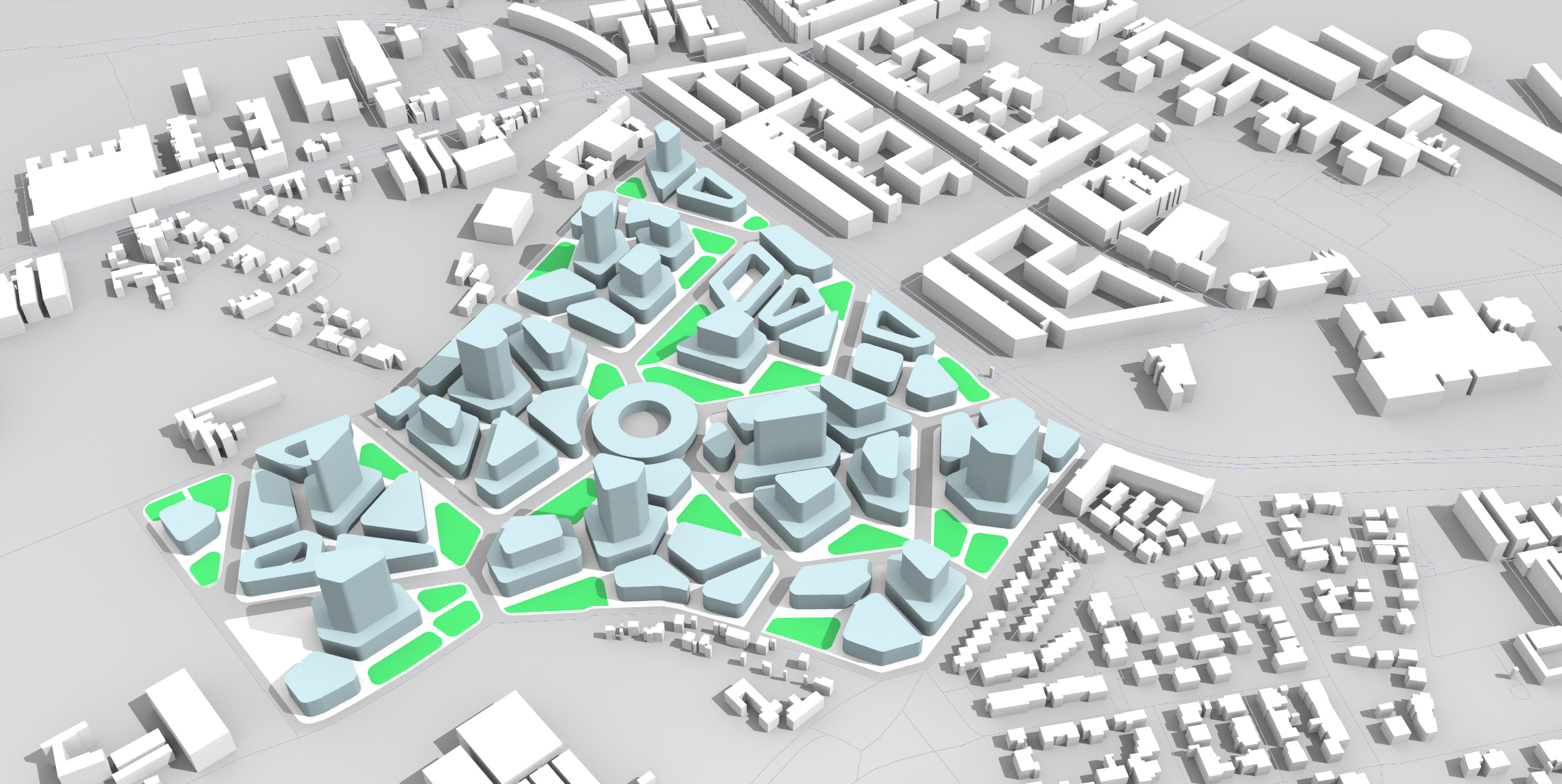
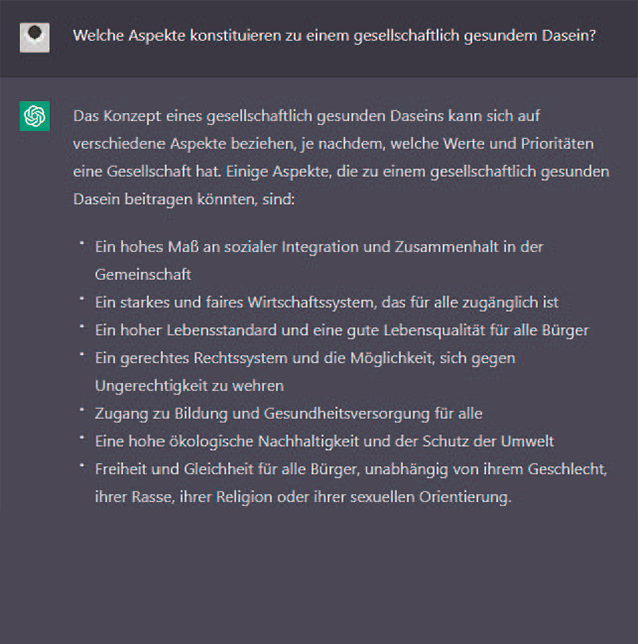
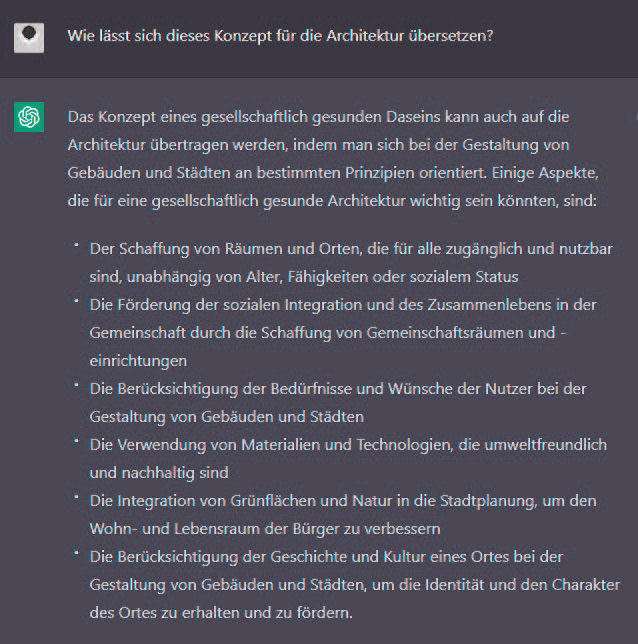
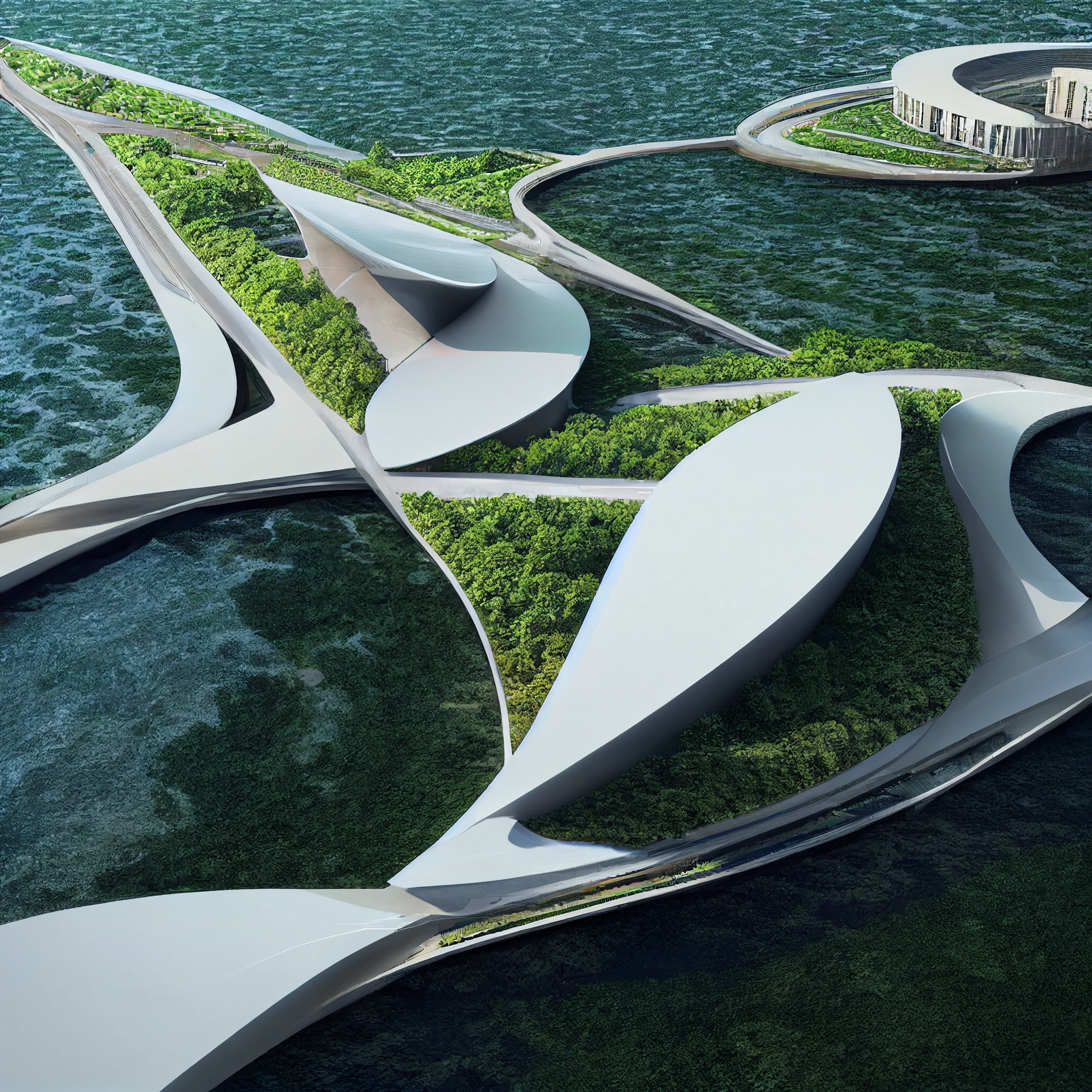
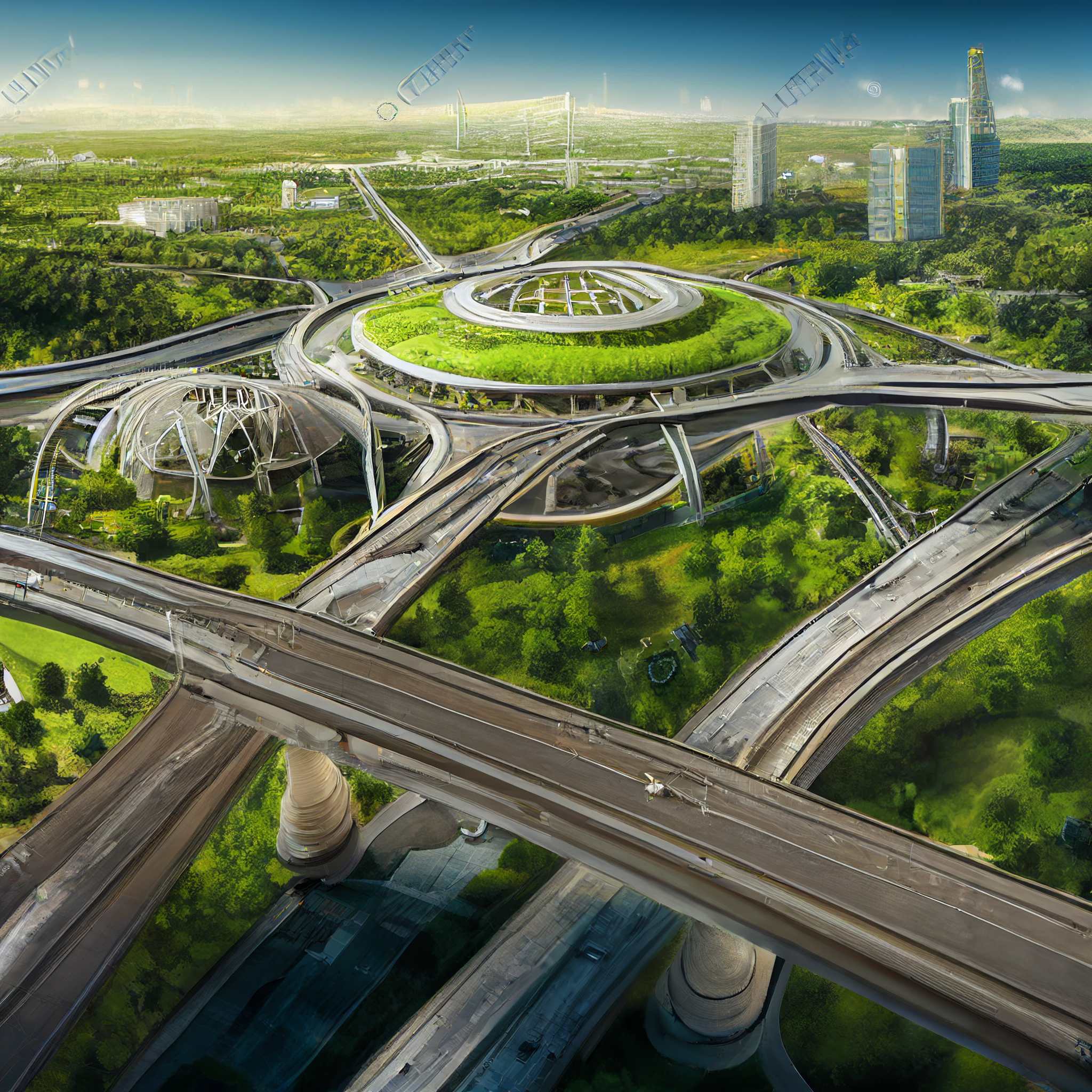
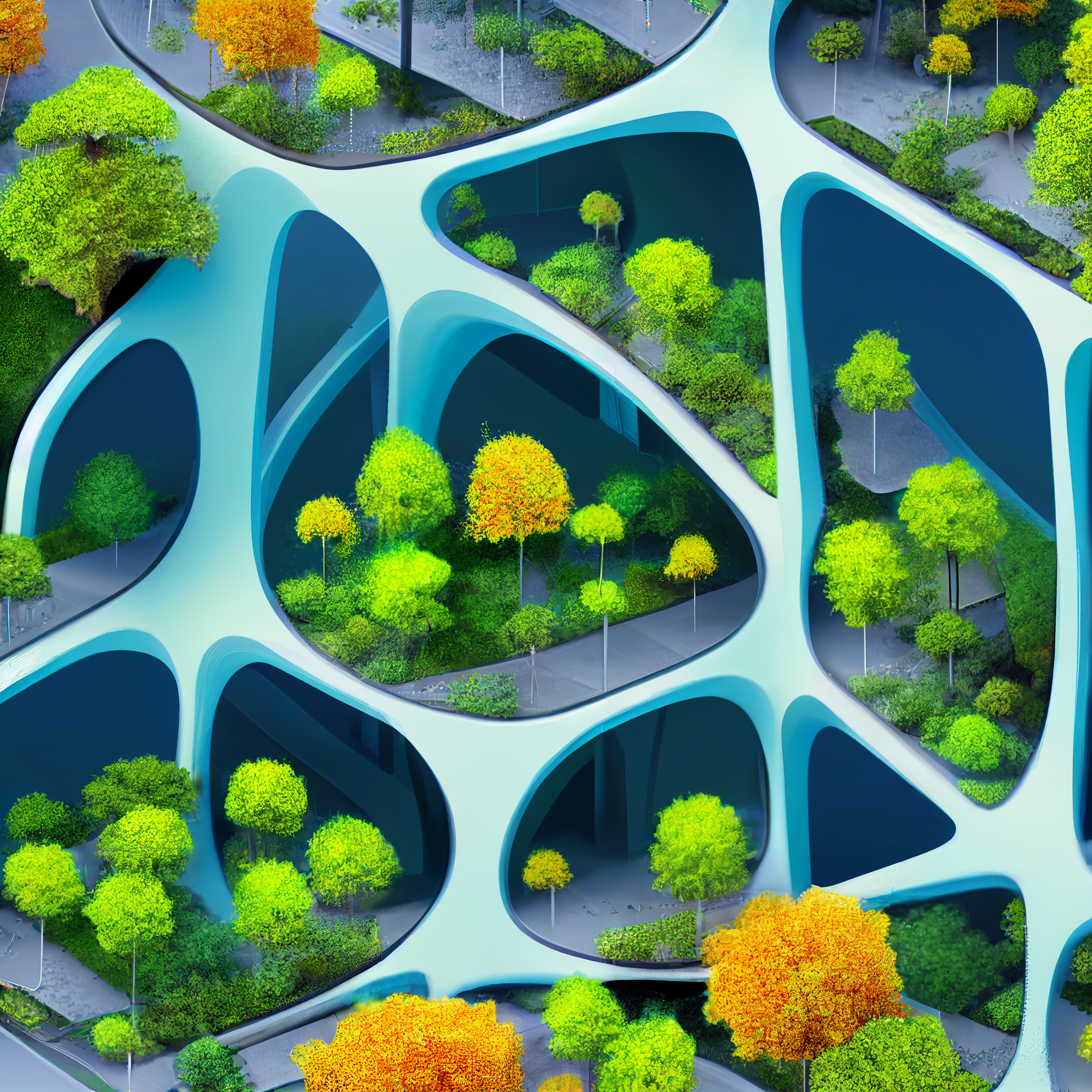
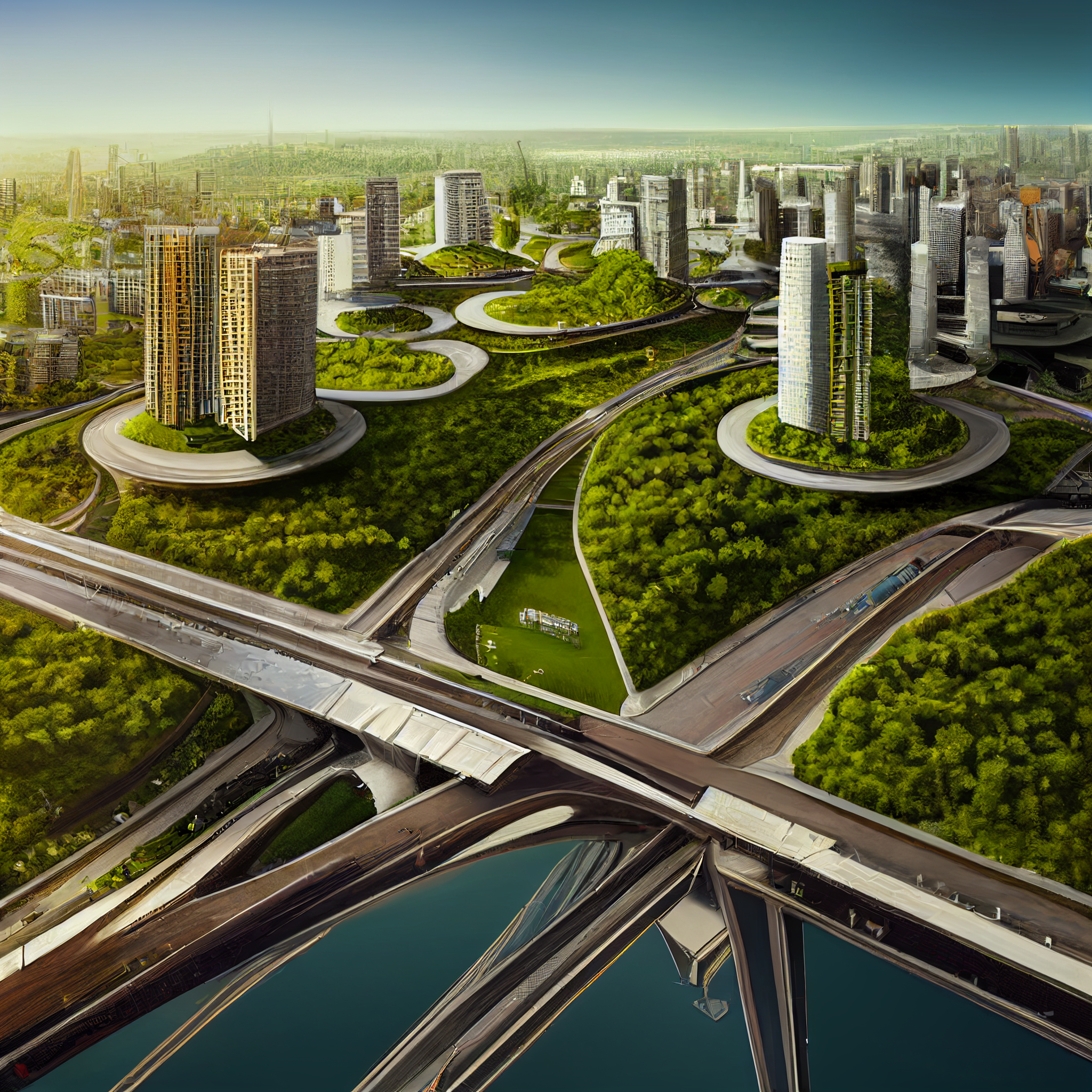

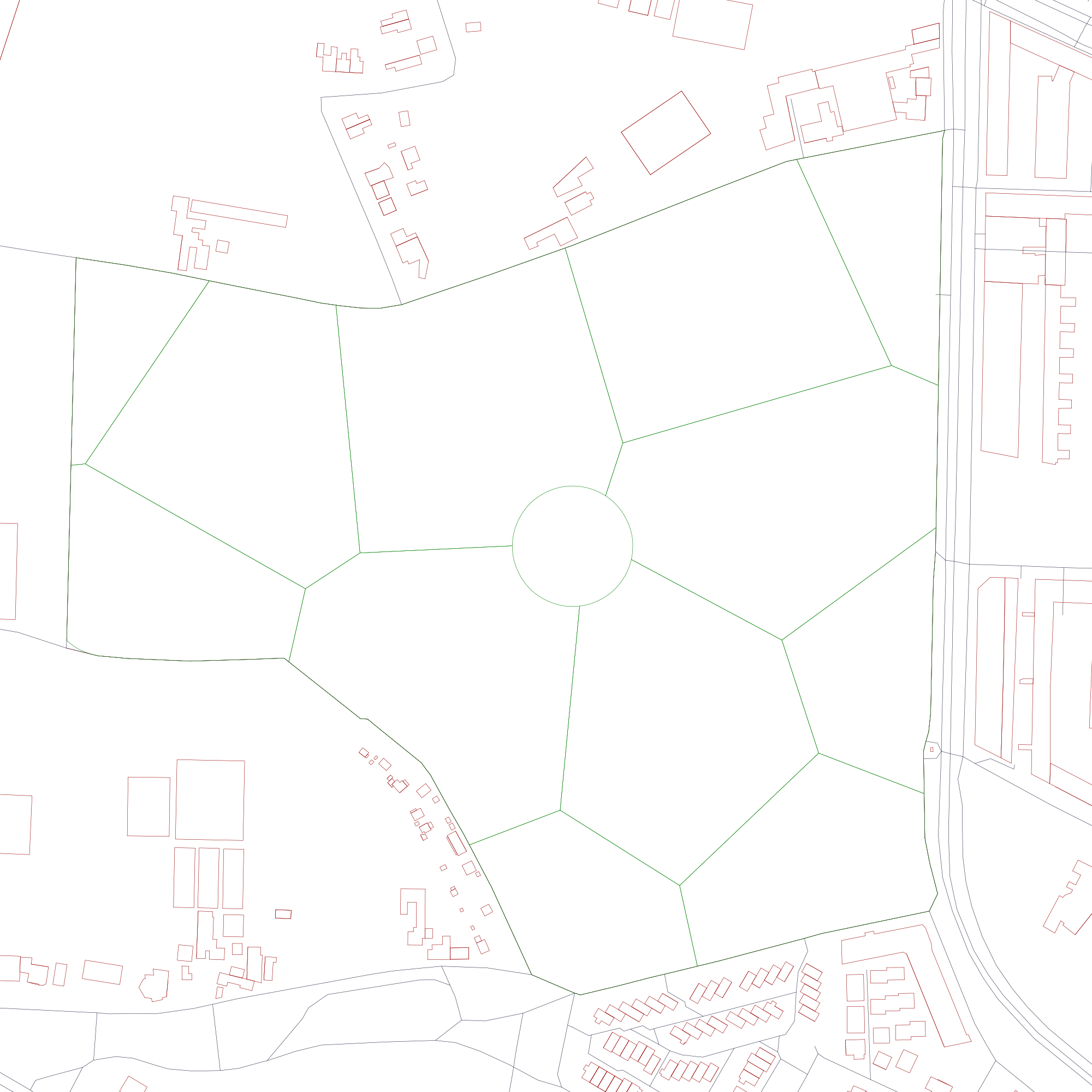
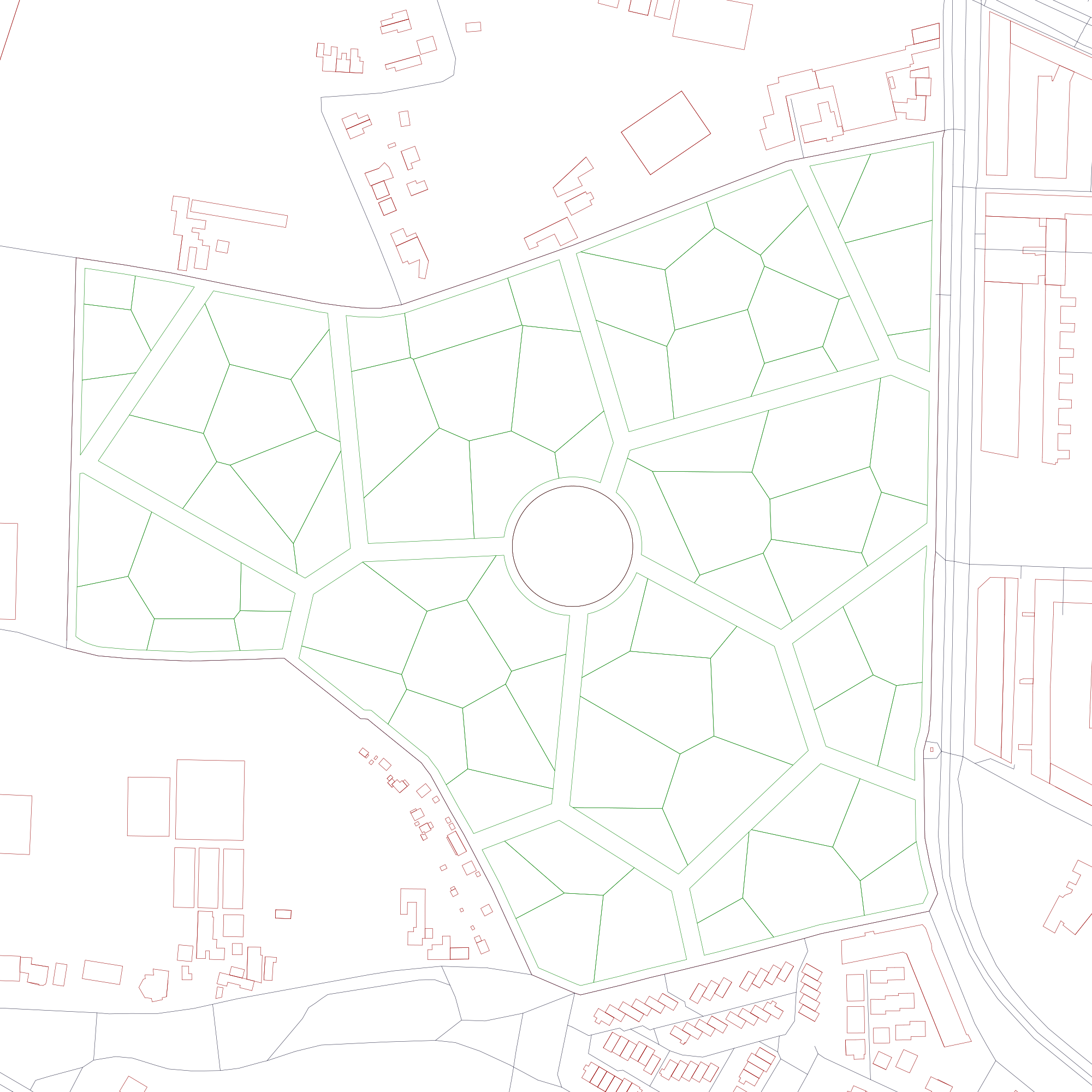
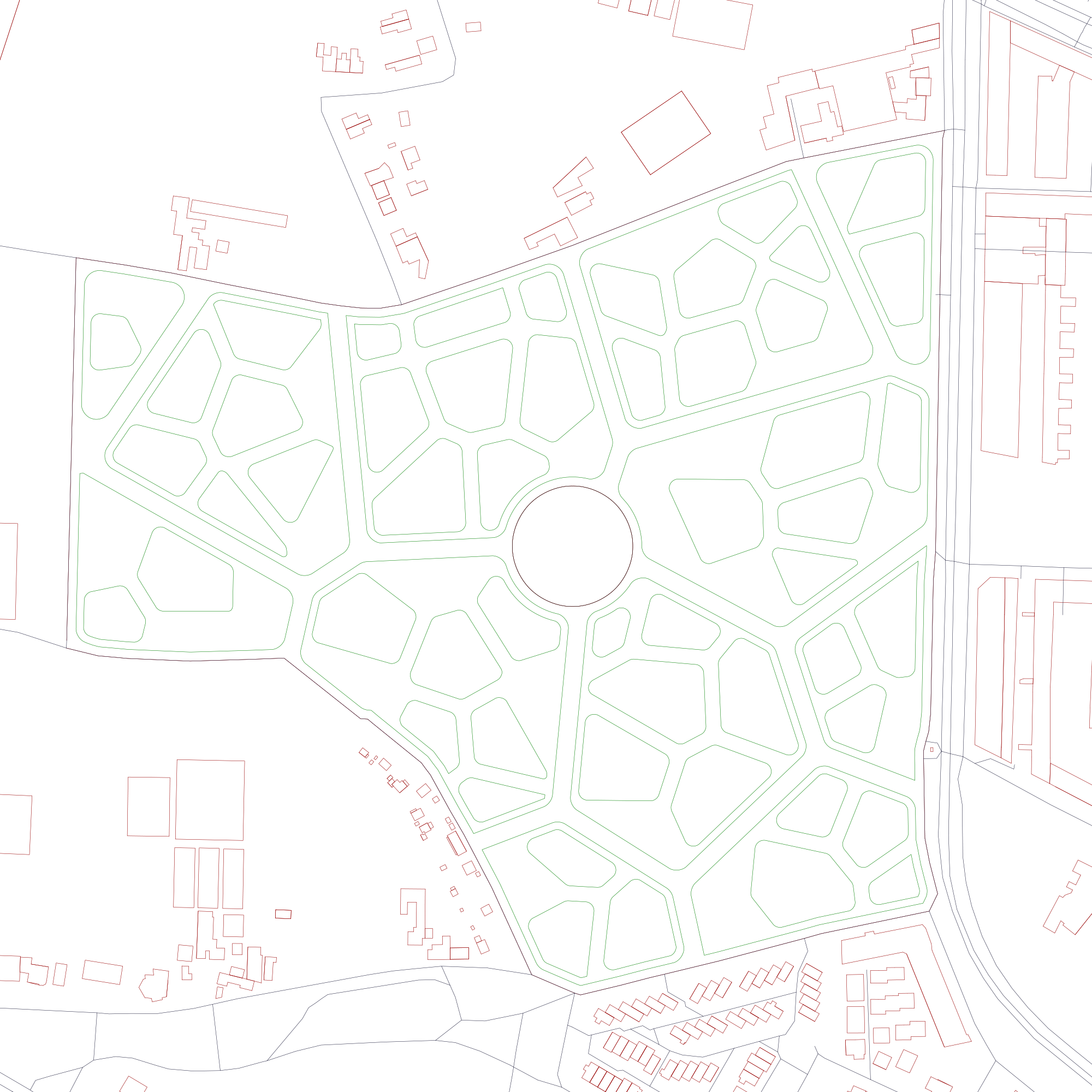
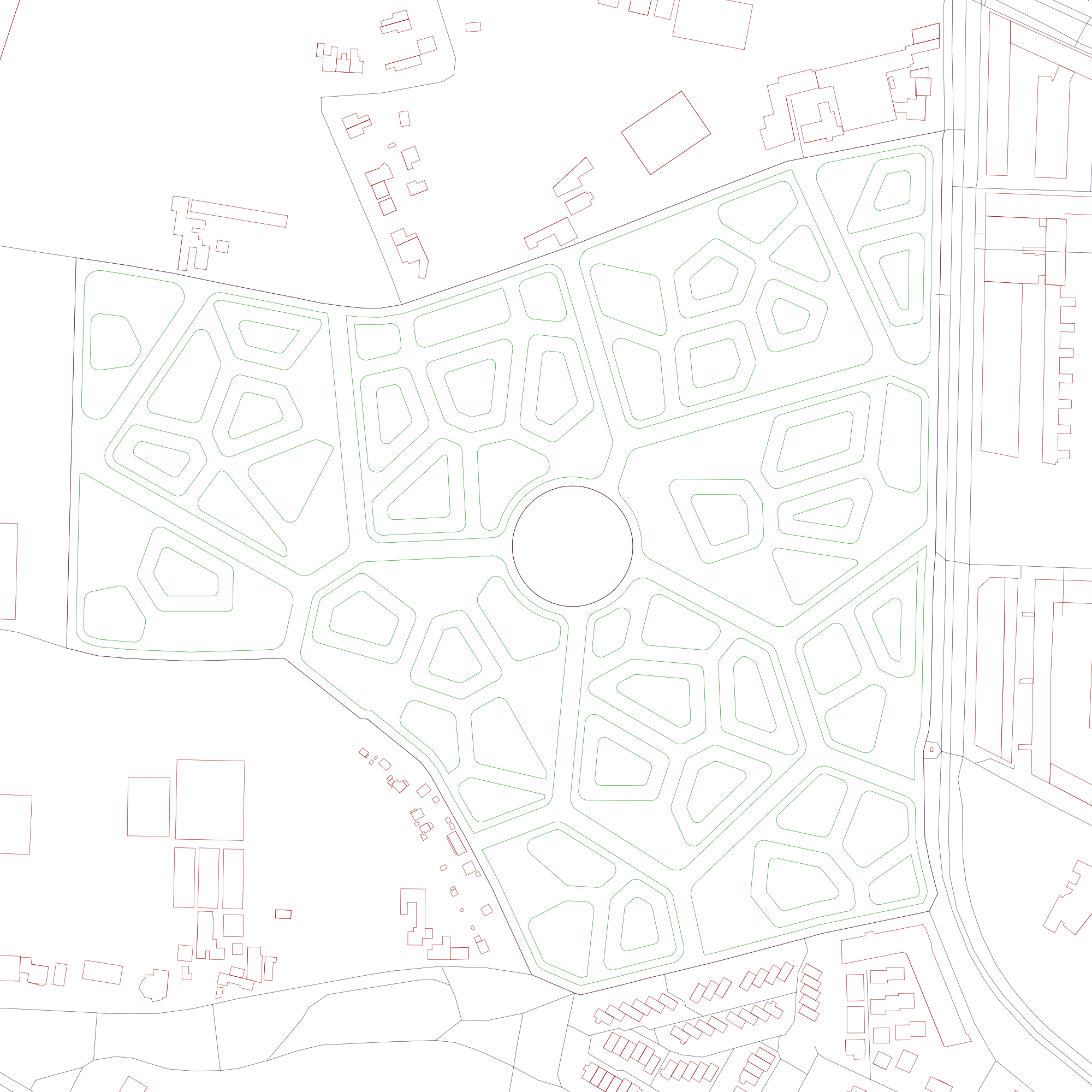
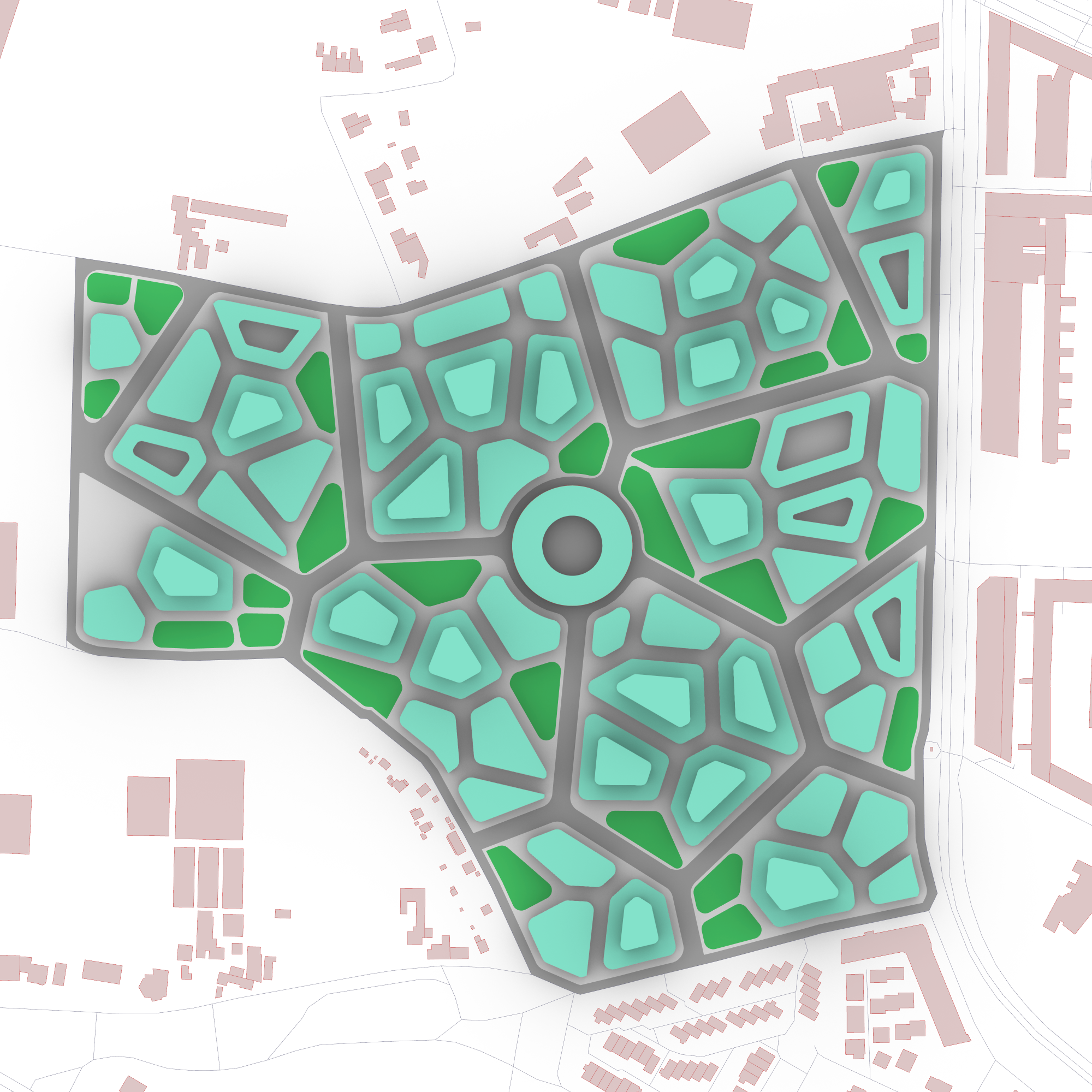
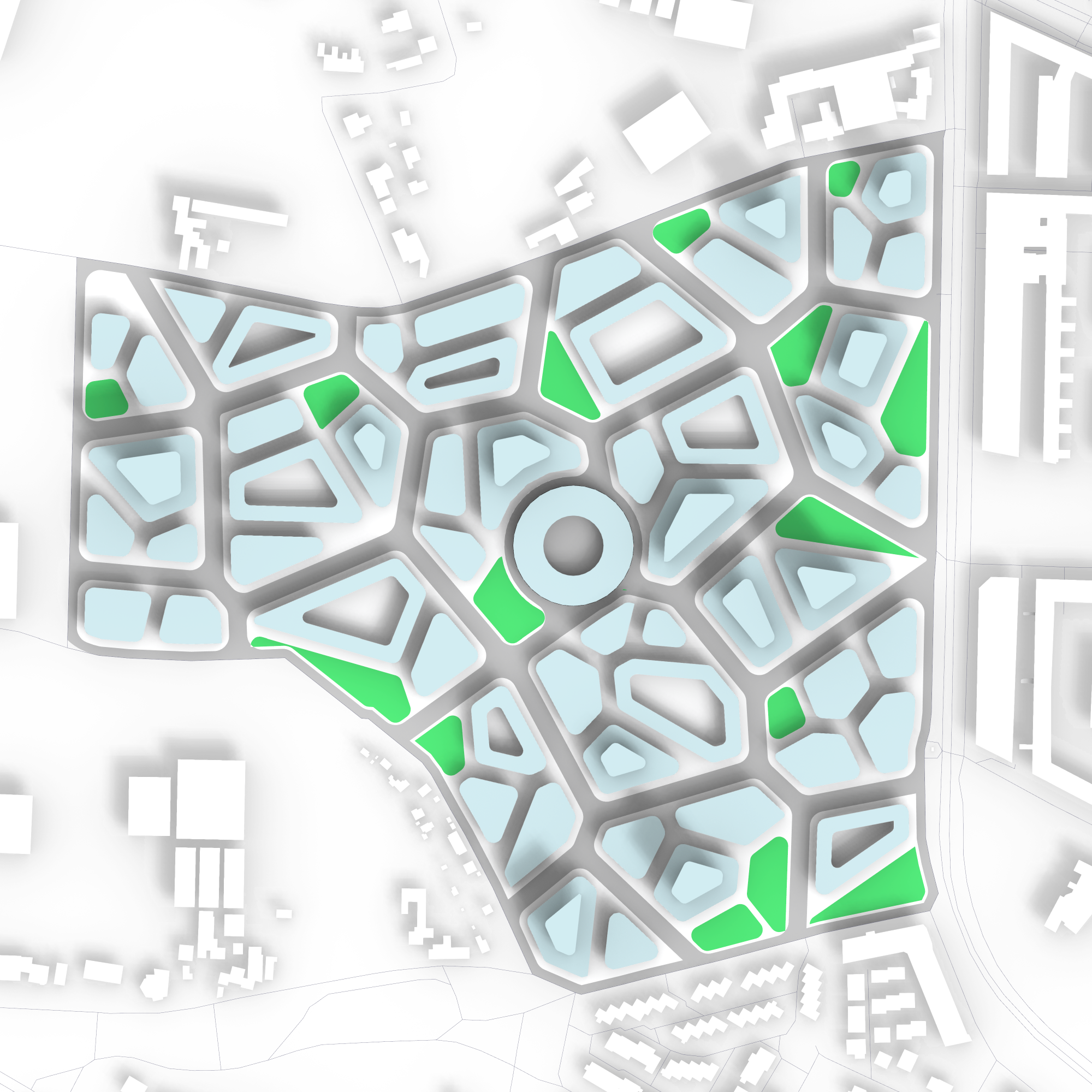
![Sun Radiance [kWh/m²]](https://cosic.digital/wp-content/uploads/2023/09/S8-G20-K70-Sunlight-Finished.png)
![Wind comfort [%]](https://cosic.digital/wp-content/uploads/2023/09/S8-G20-K70-Wind-comfort-finished.png)